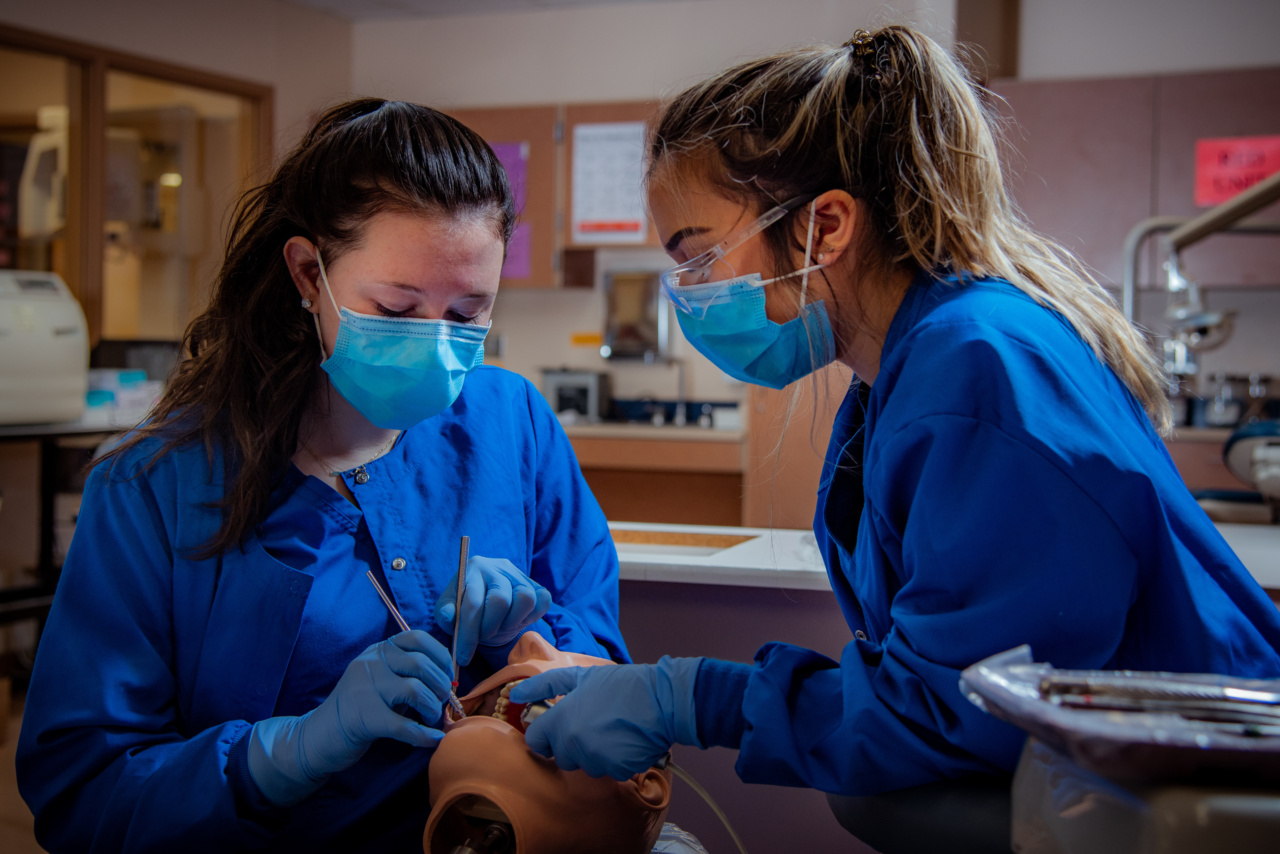Women have made significant strides in the workforce over the years, breaking barriers and overcoming obstacles that were once considered insurmountable.
However, along with the advancements have come occupational health hazards that disproportionately affect hardworking women. From physical to mental health challenges, women face a unique set of risks in various industries.
In this article, we will explore some of the most common occupational health hazards faced by hardworking women and discuss the importance of addressing these concerns.
1. Physical Strain and Musculoskeletal Disorders
Engaging in physically demanding jobs can take a toll on anyone’s body, but women often encounter additional challenges due to physiological differences.
Prolonged exposure to heavy lifting, repetitive motion, and awkward postures can result in musculoskeletal disorders such as back pain, carpal tunnel syndrome, and tendonitis. To mitigate these hazards, ergonomic interventions and training programs that promote proper lifting techniques and posture should be implemented.
2. Workplace Violence
Workplace violence affects both men and women, but research shows that women are more likely to experience non-fatal violence in the workplace.
Whether it is physical assault or verbal abuse, women often face harassment and violence from customers, co-workers, or even superiors. Implementing strong policies against workplace violence, providing self-defense training, and creating a supportive work environment can help protect women from these hazards.
3. Chemical Exposures
Women work in diverse industries that expose them to various chemicals, including cleaning products, pesticides, and harmful substances found in manufacturing plants.
Exposure to these chemicals can lead to respiratory problems, dermatitis, reproductive disorders, and even cancers. Employers must prioritize providing appropriate personal protective equipment (PPE), implementing good ventilation systems, and educating workers about chemical hazards to ensure women’s safety and well-being.
4. Shift Work and Sleep Disorders
Many hardworking women find themselves in jobs that require shift work, such as healthcare, hospitality, and manufacturing. Constantly rotating shifts disrupt their circadian rhythm, leading to sleep disorders, including insomnia and fatigue.
These sleep disturbances can negatively impact both physical and mental health. Employers can take steps to mitigate these risks by introducing regular shift rotations, scheduling enough rest periods, and offering education on sleep hygiene.
5. Mental Health Challenges
The workplace can be a source of significant stress for women, resulting in mental health challenges such as depression, anxiety, and burnout.
Balancing work responsibilities with caregiving duties, experiencing gender discrimination, and facing the pressure to prove oneself in male-dominated industries contribute to these challenges. Employers should prioritize creating supportive work environments that promote work-life balance, offer mental health support programs, and address gender disparities.
6. Reproductive Hazards
Occupational hazards can also pose risks to women’s reproductive health. Exposure to certain chemicals, radiation, and physically demanding work can lead to fertility issues, pregnancy complications, and developmental problems in babies.
Employers need to conduct thorough risk assessments, provide appropriate protective measures, and ensure that pregnant workers are not exposed to harmful substances or strenuous tasks.
7. Noise-Induced Hearing Loss
Women working in industries with high levels of noise exposure, such as construction, manufacturing, and agriculture, are at risk of noise-induced hearing loss.
Prolonged exposure to loud noises without proper hearing protection can result in permanent damage to their hearing. Employers must enforce the use of hearing protection equipment, implement noise control measures whenever possible, and conduct regular hearing screenings.
8. Stress and Cardiovascular Diseases
The demanding nature of many jobs can subject hardworking women to high levels of stress, which can contribute to the development of cardiovascular diseases.
Long working hours, tight deadlines, and lack of work-life balance can increase their risk of hypertension, heart disease, and stroke. Employers can help reduce these risks by promoting stress management techniques, encouraging breaks and vacations, and fostering a healthy work environment.
9. Infectious Diseases
Healthcare and service industries expose women to a higher risk of infectious diseases due to frequent contact with patients or customers.
Women are more likely to work in the healthcare sector, making them vulnerable to diseases such as influenza, tuberculosis, and COVID-19. Employers must provide appropriate personal protective equipment, ensure adequate hygiene practices, and prioritize vaccination programs to protect the health of hardworking women.
10. Ergonomic Challenges in Office Settings
While office jobs may appear less physically demanding, they come with their own set of hazards, predominantly related to ergonomic challenges.
Improper workstation setup, prolonged sitting, and repetitive computer use can cause musculoskeletal disorders, eye strain, and other health issues. Employers should educate employees about proper ergonomics, provide ergonomic furniture and equipment, and encourage regular breaks and stretching exercises.






























